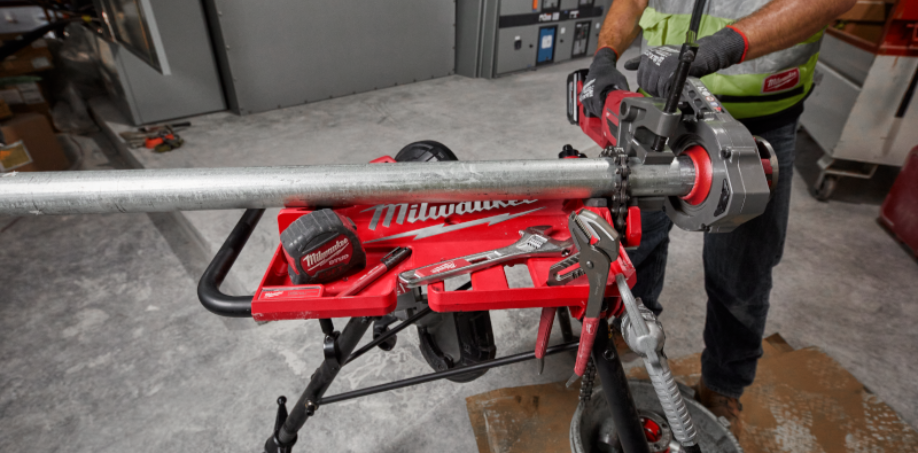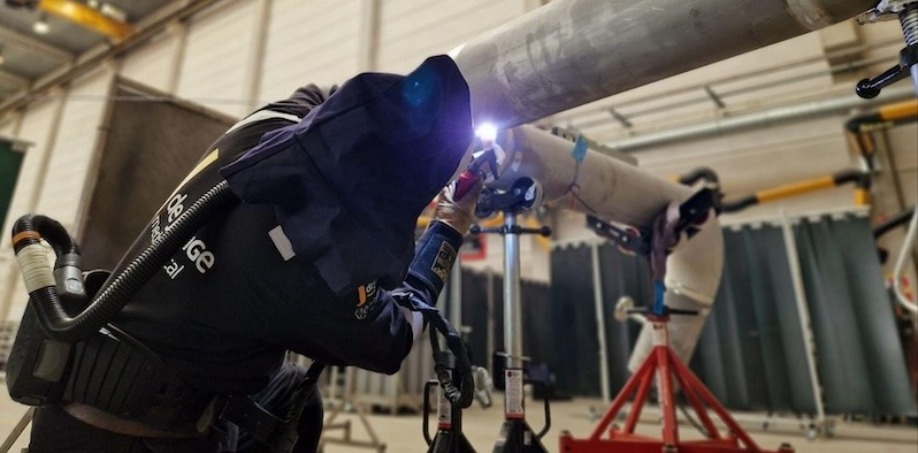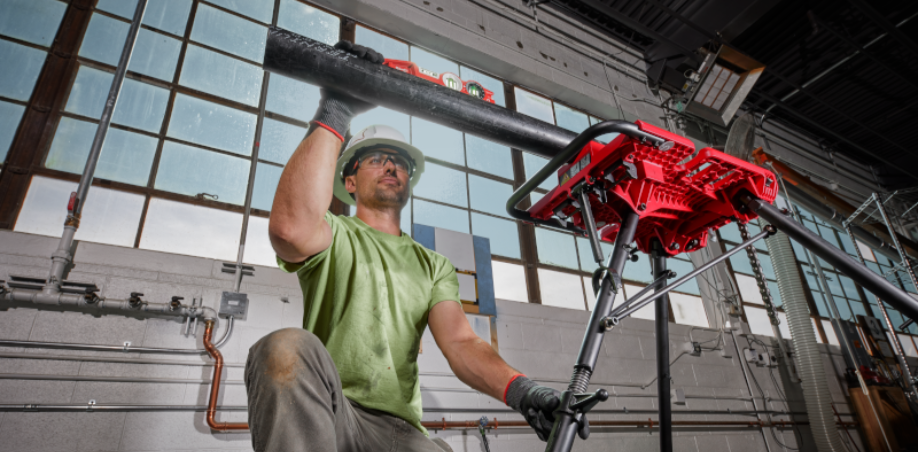Pipe Stands: Uses, Key Features, and How to Use Them

Pipe stands are essential tools used in various industrial and construction applications to provide support for pipes during cutting, welding, and assembly. Whether you're working in plumbing, oil and gas, or metal fabrication, having the right pipe stand can make a significant difference in efficiency and safety on the job. In this blog, we'll explore what a pipe stand is, the different uses for pipe stands, key features to look for, and how to use them effectively.
What is a Pipe Stand?
A pipe stand is a tool used to support and elevate pipes during operations like cutting, welding, or assembling. Typically adjustable, these stands accommodate different pipe sizes, weights, and job conditions. Whether you’re dealing with small residential plumbing projects or large-scale industrial tasks, pipe stands ensure that pipes remain secure and at the right height, making it easier and safer for workers to complete their tasks.
Pipe stands are usually made from durable materials like steel or aluminum to withstand the weight and stress of heavy-duty jobs. Many stands come equipped with additional features like rollers, adjustable legs, and V-heads to provide extra flexibility and ease of use.

The Different Types of Pipe Stands
When choosing a pipe stand, it's important to know the different types available, as each type serves a particular purpose depending on the job requirements. Here are some of the most common types of pipe stands:
Folding Pipe Stands: Folding pipe stands are portable and easy to store, making them ideal for mobile work sites or smaller projects. These stands are often adjustable and can be quickly set up or folded away, offering flexibility in tight or changing spaces.
Tripod Pipe Stands: Tripod pipe stands are highly stable due to their three-legged design. They are suitable for both indoor and outdoor use and provide excellent support for heavy pipes. These stands are often used for more stationary tasks like welding or cutting, where extra stability is needed.
Roller Pipe Stands: Roller pipe stands come with a set of rollers on top, allowing the pipe to be easily rotated. This makes them ideal for tasks that require frequent pipe movement, such as cutting or beveling. Rollers reduce the need to manually turn the pipe, improving efficiency and reducing worker fatigue.
V-Head Pipe Stands: V-head pipe stands offer a secure grip on pipes and are often used for welding and cutting operations. The V-shape ensures the pipe remains stable and centered during the work process. This type of stand is best suited for stationary tasks where the pipe doesn’t need to be rotated frequently.
The Different Uses for Pipe Stands
Pipe stands are versatile tools that serve many purposes across different industries. Below are the primary uses of pipe stands:
Welding Support: One of the most common uses for pipe stands is providing support during welding. When pipes need to be welded together, it’s crucial to keep them steady and at the right height. A pipe stand allows welders to work efficiently by holding the pipes in place, ensuring clean and precise welds.
Pipe Cutting: Pipe stands also offer stability when cutting pipes. Whether you're using manual or power tools, cutting a pipe requires accuracy. A pipe stand helps ensure the pipe remains still while you cut, making the task safer and more efficient. Some pipe stands come with rollers or v-heads, allowing for easier rotation of the pipe as it's being cut.
Assembly and Installation: During assembly and installation, especially on larger job sites, pipe stands allow workers to set pipes in place before they are permanently installed. This makes the alignment process easier and ensures that everything fits properly, reducing the need for adjustments or corrections.
Pipe Maintenance: In industrial settings where routine maintenance is performed, pipe stands provide an excellent way to hold pipes while repairs or inspections are being conducted. Workers can focus on the task at hand without worrying about the stability of the pipes they’re working on.

How to Use a Pipe Stand
Using a pipe stand is straightforward, but there are a few steps and safety precautions to keep in mind to ensure optimal performance and safety.
1. Choose the Right Pipe Stand: First, select the appropriate pipe stand based on the size and weight of the pipe you'll be working with. Make sure the pipe stand’s height, load capacity, and design are suitable for the task at hand.
2. Set Up the Pipe Stand: Place the pipe stand on a level surface. If you’re working on uneven terrain, adjust the legs or base to stabilize the stand. Some pipe stands come with adjustable feet or leveling options to ensure the stand remains stable.
3. Adjust the Height: Once the pipe stand is set up, adjust the height according to your needs. This is especially important if you're welding or cutting and precision is required.
4. Place the Pipe on the Stand: Carefully lift the pipe and place it on the stand. Ensure that the pipe is balanced and securely resting on the stand’s support head or rollers. If you’re using rollers, make sure the pipe can rotate smoothly as needed.
5. Perform the Task: With the pipe securely in place, you can now proceed with your task, whether it’s cutting, welding, or assembly. The pipe stand will keep the pipe stable and elevated, allowing you to work safely and efficiently.
6. Disassemble and Store: Once the job is completed, disassemble or fold the pipe stand if necessary and store it in a safe place for future use.
Pipe stands are essential tools for anyone working with pipes in construction, plumbing, welding, or industrial settings. They offer versatility, safety, and efficiency, allowing workers to perform various tasks with ease. By understanding the different types of pipe stands, their uses and knowing how to use them properly, you can improve your workflow and achieve better results on the job. If you are in need of pipe stands, give our sales team a call, at 877-446-4352.

